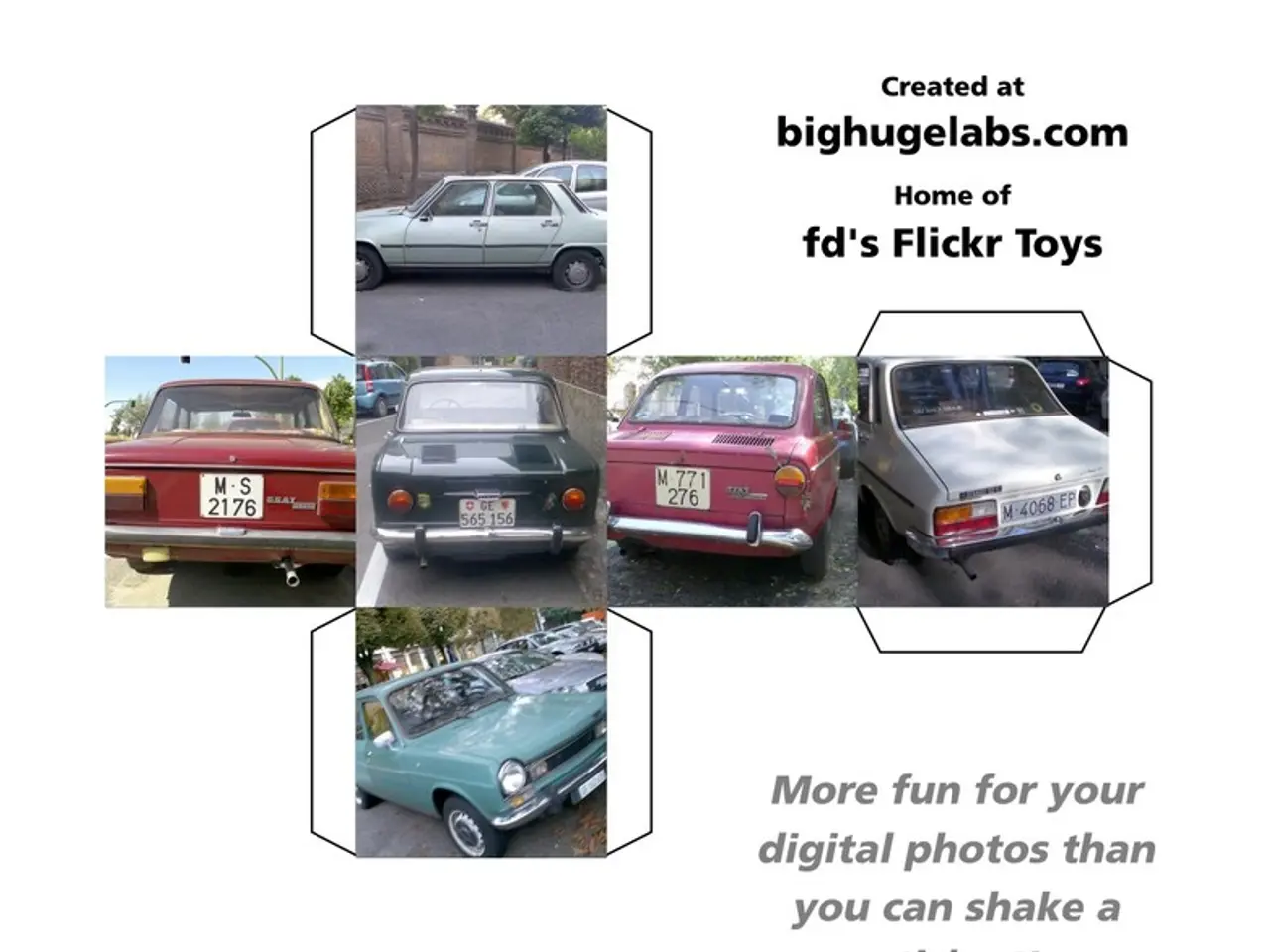Rising Tariffs, Incentive Reductions, and Luxury Car Imports Drive Up New Vehicle Prices in April
In the ever-evolving automotive landscape, the latest report from Cox Automotive's Kelley Blue Book offers insights into the impact of tariffs on new-vehicle prices and incentives.
The report reveals that, despite the tariff-induced market volatility, new-vehicle prices have remained relatively steady through mid-2025. For instance, the average transaction price (ATP) in July 2025 was approximately $48,841, a 1.5% increase year-over-year but a slight decrease month-over-month.
Many automakers, such as General Motors, Ford, Toyota, Honda, Nissan, Subaru, and Hyundai, have absorbed much of the tariff cost themselves rather than passing it directly on to buyers. This tactic has helped keep consumer prices relatively stable.
Incentives have risen to offset the tariffs' impact on buyers, reaching 7.3% of the average transaction price in July, which is the highest level seen in 2025. This strategy has helped maintain sales volumes despite higher manufacturing costs.
However, industry analysts warn that sustaining high incentives to mask tariff costs may not be viable long-term. As the U.S. solidifies trade policies with elevated tariffs, automakers might eventually need to pass more of the tariff-related cost increases onto consumers, leading to higher new-vehicle prices in future months.
Electric vehicle (EV) prices are notably higher, with the average ATP for a new EV around $55,689 in July. This figure showed a slight month-over-month decrease, indicating some segment-specific pricing dynamics under tariffs and supply conditions.
In the luxury space, Audi, Volvo, and Land Rover raised prices while reducing incentives, while Acura and BMW moved the opposite way, cutting prices and increasing incentives. Tesla, on the other hand, sold more than 45,000 units in April, its best month of the year, with the freshened Model Y driving volume. The Tesla ATP rose to $56,120, while Cybertruck prices remained steep at $89,247.
Brands that market domestic production, such as Ford, can leverage that messaging to their advantage. Import-heavy brands like Porsche and Land Rover saw their best sales of 2025 in April, with ATPs above $114,000 and $113,000, respectively.
However, the April data indicates a pricing environment influenced by international trade pressures, consumer urgency, and shrinking room for incentives. The increase in April is one of the sharpest in more than a decade, and EV incentives dropped for the second straight month to 11.6%.
Overall EV sales were down nearly 6% month-over-month, but they remain up 5.4% year-to-date. The auto loan market is expanding, but so are late payments, adding another layer of complexity to the automotive industry's current state.
In conclusion, while tariffs introduced in April 2025 have increased costs for automakers significantly, prices paid by consumers for new vehicles have remained relatively stable in the short term due to increased incentives and manufacturers absorbing much of the cost. However, this dynamic is subject to change as trade policies crystallize and incentives may not offset costs indefinitely.
Sports enthusiasts may find a respite amidst the tariff-induced market volatility, as several sports utility vehicles (SUVs) saw a decrease in prices month-over-month. For example, the average transaction price (ATP) for a new SUV in July 2025 fell slightly from the previous month, demonstrating some resistance to the upward pressure on prices due to tariffs.
Despite the overall automotive landscape experiencing an increase in April, certain electric vehicles (EVs) observed a month-over-month decrease in average transaction prices, suggesting that not all segments are immune to the tariff and supply challenges.






